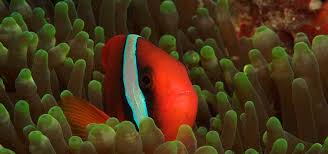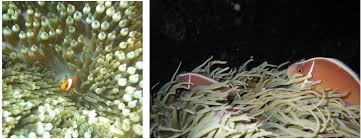Author: Mi La

Fresh Tie Guan Yin Tea: Identification and Enjoyment
Introduction to Fresh Tie Guan Yin Tea Tie Guan Yin (铁观音), or Iron Goddess of Mercy, is one of China’s most famous and revered oolong teas. Originating from Anxi County in Fujian Province, this tea is known for its unique floral aroma, complex taste, and smooth mouthfeel. Unlike traditional aged or roasted versions, fresh Tie…

Fresh Pu-erh Tea: Flavor and Benefits
Origins and Characteristics of Fresh Pu-erh Tea Fresh Pu-erh tea, known as Shēng Chá (生茶) in Chinese, is one of the most distinctive and prized teas in the world. It originates from Yunnan Province, a region in southwestern China renowned for its ancient tea trees and diverse tea-growing landscapes. Unlike fully aged Pu-erh, fresh Pu-erh…

Fresh White Tea: Characteristics and Benefits
White tea, known as Bái Chá (白茶) in Chinese, is one of the most delicate and revered types of tea in the world. Among all tea varieties, white tea undergoes the least processing, retaining a high level of antioxidants and natural compounds. This makes it one of the healthiest and purest teas available. Fresh white…

The Characteristics of Fresh Longjing Tea (Dragon Well Tea)
Longjing tea, also known as Dragon Well Tea (龙井茶, Lóngjǐng Chá), is one of China’s most famous and revered green teas. Grown primarily in Hangzhou, Zhejiang Province, this tea is celebrated for its high-quality leaves, distinct flat shape, and refreshing taste. It has a long history of being associated with Chinese emperors, scholars, and tea…

The Diversity of Fresh Tea in China
Tea has been an integral part of Chinese culture, history, and daily life for thousands of years. As the birthplace of tea, China boasts an incredible variety of fresh tea types, each with distinct flavors, aromas, and health benefits. The diversity of tea in China is shaped by regional climates, soil conditions, and traditional processing…

Methods of Processing Fresh Tea to Preserve Its Original Flavor
Tea is one of the most cherished beverages in the world, with a delicate balance of aroma, taste, and nutritional value. However, the way fresh tea leaves are processed significantly impacts their final quality. To preserve the original flavor, tea producers use various careful and scientific techniques that ensure the natural essence of the leaves…

Modern Tea Processing Technology in China
China is the birthplace of tea, with a history spanning over 5,000 years. While traditional tea processing techniques continue to be highly respected, modern advancements in technology have revolutionized the industry. Today, China integrates cutting-edge machinery, scientific innovations, and sustainable practices to improve tea quality, efficiency, and global competitiveness. In this article, we will explore…

How to Preserve Tea Leaves After Harvesting
Tea is one of the most beloved beverages worldwide, with a history spanning thousands of years. While the harvesting process plays a crucial role in determining tea quality, proper post-harvest preservation is equally important to maintain freshness, aroma, and flavor. If tea leaves are not stored correctly, they can lose their essential oils, become oxidized,…

The Traditional Process of Fresh Tea Harvesting
Tea has been an integral part of human culture for centuries, particularly in regions such as China, Japan, India, and Sri Lanka. While modern technology has introduced mechanical harvesting, the traditional method of hand-picking remains the gold standard for high-quality tea. This article explores the traditional tea harvesting process, from the selection of leaves to…

The Best Time to Harvest Fresh Tea for Optimal Quality
Harvesting fresh tea at the right time is crucial to ensure the best flavor, aroma, and nutrient content. The timing of the harvest affects the chemical composition of the leaves, including caffeine, polyphenols, and essential oils, which define the taste and health benefits of tea. This article explores the best harvesting periods, factors affecting harvest…









